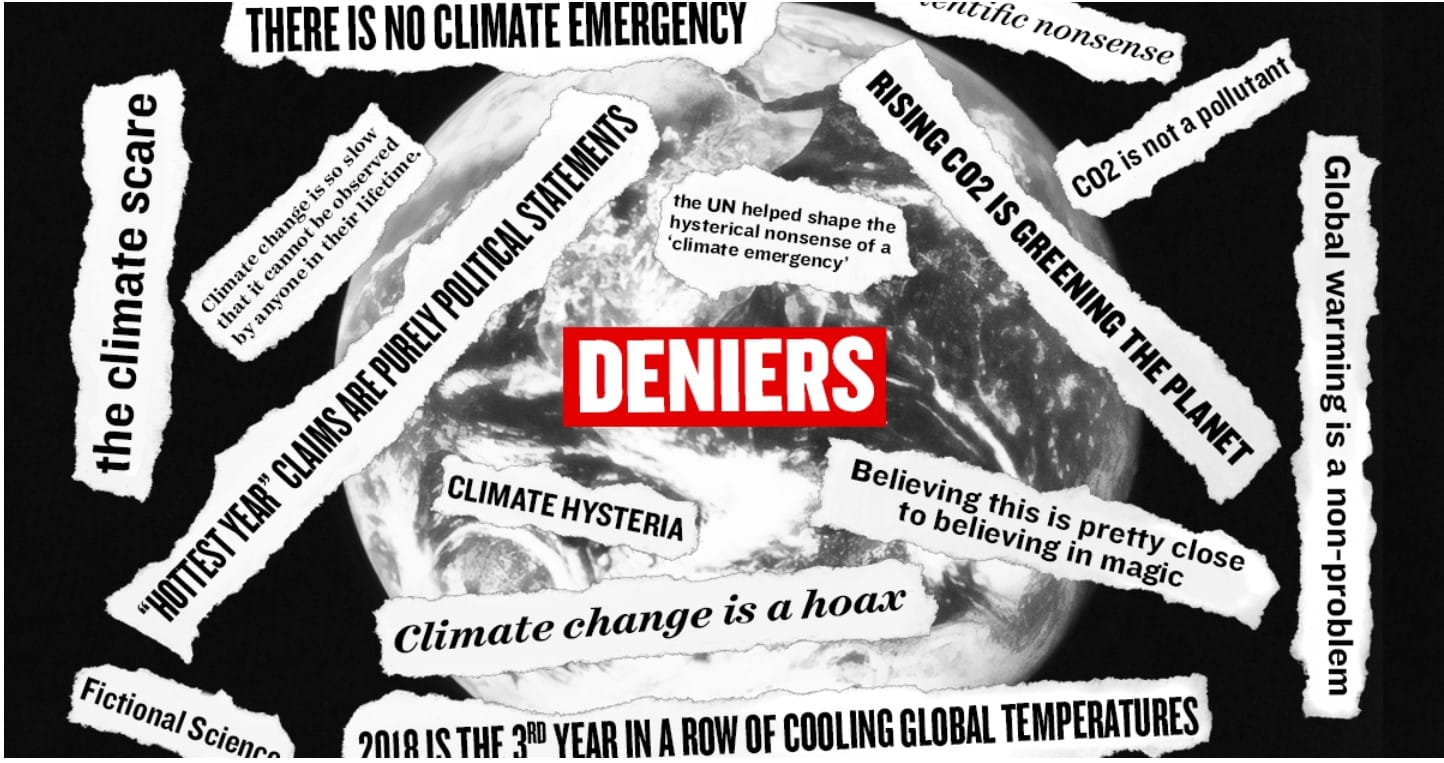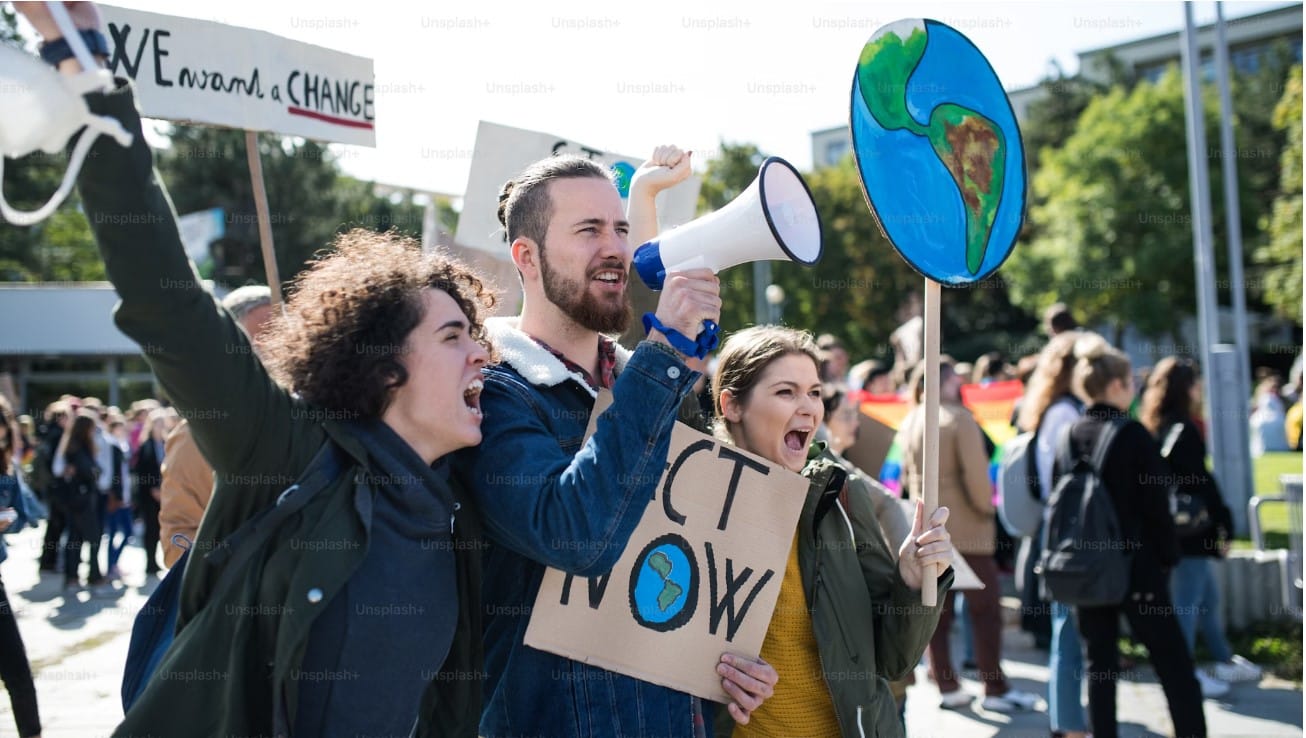Climate change is one of the most complex and pressing global crises, as intricate and transformative as Taylor Swift’s musical journey. Comparing her eras to climate change might seem unusual, but both narratives reflect significant shifts from innocence to emotional intensity. Each Taylor Swift album tells a unique story, much like the evolving phases of our planet’s environmental challenges.
Debut Era: The Beginning of Awareness
In 2006, Taylor Swift released her self-titled debut album as an emerging country artist singing about youthful innocence, love, and personal dreams. Her first songs, like “Tim McGraw” and “Teardrops on My Guitar,” reflected the simplicity of her early experiences.
In the climate change analogy, Taylor Swift’s debut era reflects the early stages of environmental awareness. In the 19th and early 20th century, the public had little understanding of climate change, despite warning signs like the Industrial Revolution’s growing emissions. Just as Taylor’s early songs explored youthful innocence, this period marked the beginning of awareness about the potential for environmental disaster.
Fearless Era: Optimism and Hope
Fearless (2008), Taylor’s breakthrough album, showcased a more confident artist, blending country and pop to create hit singles like “Love Story” and “You Belong with Me.” It was a time of optimism, when anything seemed possible, and Taylor’s lyrics often reflected hope, triumph, and innocence.
The Fearless era symbolizes the hopeful late 20th century when environmental movements gained momentum. Events like the Rio Earth Summit (1992) and the Kyoto Protocol (1997) marked global efforts to tackle environmental issues. With optimism and boldness, activists, scientists, and governments believed humanity could work together to change and protect the planet.
Speak Now Era: The Warning Signs
In 2010, Taylor released Speak Now, a self-written album that tackled more complex emotions and narratives. Songs like “Dear John” and “Back to December” showed a more reflective, mature Taylor Swift. Someone who was aware of both the beauty and pain of relationships.
This era reflects the growing scientific evidence and warnings about climate change in the early 2000s. While optimism remained, it became clear that urgent action was necessary as the planet showed signs of distress, like melting glaciers and rising sea levels. Similar to Taylor's shift to more reflective and cautionary themes, the climate crisis was gaining urgency, with the IPCC (Intergovernmental Panel on Climate Change) reports highlighting the risks of inaction.
Red Era: The Chaos of Emotions
Red (2012), an album for Taylor that marked a transition into a more chaotic emotional landscape. Songs like “I Knew You Were Trouble” and “We Are Never Ever Getting Back Together” highlighted the messy, turbulent experiences of love, heartbreak, and identity. The nature of this album, mixing country, pop, and electronic influences, reflects the unpredictability and complexity of this time in her life.
The Red era reflects the chaotic state of the world as climate change became a clear and present crisis in the 21st century. With natural disasters growing more intense and frequent, nations struggled to agree on solutions and accountability. Like the emotional rollercoaster of Red, the world faced a turbulent mix of hope and despair.
1989 Era: Reinvention and Denial
With 1989 (2014), Taylor had made a shift to full-blown pop music. The album’s bright, polished sound, coupled with hits like “Shake It Off” and “Blank Space,” resembled a declaration of reinvention. Swift embraced her new identity by letting go of her country roots, showcasing her ability to evolve.
The 1989 era parallels the peak of climate denial, when many ignored the reality of human-induced climate change despite growing scientific consensus. Political and corporate interests drove this denial, prioritizing short-term gains over environmental responsibility. The bright, polished sound of 1989 conceals deeper anxieties, much like how climate denial masked the looming environmental crisis.

Reputation Era: The Reckoning
Reputation (2017) reflected a darker, edgier persona for Taylor. Songs like “Look What You Made Me Do” and “… Ready for It?” expressed anger, defiance, and the willingness to confront the people who had tried to bring her down. This era was about taking control of the narrative and acknowledging the consequences of past actions.
This era symbolizes the point when the consequences of environmental negligence became undeniable, with the planet reacting through increasingly severe disasters like wildfires, rising sea levels, and mass extinctions. Just as Taylor confronted her reputation, the world is now forced to face the results of centuries of exploitation. The warnings are overwhelming, and we are at a crucial moment where our actions will shape the future.
Lover Era: A Call for Change
Taylor released Lover (2019), an album brimming with love, hope, and unity. Songs like “The Archer” and “You Need to Calm Down” emphasized the importance of coming together and building a future based on mutual respect and understanding. Softening from the aggression of Reputation, it marked a return to themes of love and healing.
This era reflects the growing global awareness and action on climate change, marked by movements like the Paris Agreement and Greta Thunberg’s school strike movement. There is a shift toward collective responsibility as nations, corporations, and individuals commit to sustainability. Lover embodies the hope that, even in dark times, humanity can unite to protect the planet.

Folklore and Evermore: Reflection and Adaptation
These two indie-folk-inspired albums felt introspective and timeless. Songs such as “Cardigan” and “Willow” spoke of quiet reflection, storytelling, and finding peace in nature and relationships. The albums felt like a retreat from the chaos of the world, but in a way that recognized the importance of simplicity and harmony.
This phase of Taylor’s career aligns with the growing focus on climate adaptation and nature based solutions as communities face the escalating impacts of change. As Taylor embraced a simpler, more organic sound, humanity is realizing the need for a sustainable way of living. The reflective nature of Folklore and Evermore symbolizes the shift toward coexisting with nature and building resilience.
Midnights: The Tipping Point
The album Midnights (2022), steeped in mood, contemplation, and the darker undercurrents of life. The themes of midnight reflection and confronting difficult truthers in songs like “Anti-Hero” and “Labyrinth” mirror where we are today in the climate crisis: a tipping point.
The world is now at its midnight moment – a critical juncture where the decisions we make will determine the trajectory of the planet. The IPCC continues to warn that time is running out, and much like the introspective themes of Midnights, the climate crisis requires deep self-reflection, acceptance of our failures, and an urgent push towards solutions.
Harmony Between Art and Activism
Taylor Swift’s career embodies reinvention, resilience, and powerful storytelling, mirroring the climate movement’s ongoing journey. Each era of her music reflects a phase of the environmental struggle, from innocence to chaos and hope. Both stories are about transformation, learning from mistakes, and moving forward. Climate change, much like Taylor’s evolution, is a story that continues to unfold. The melodies may shift, the narratives may become darker or more hopeful, but the lessons remain the same.



